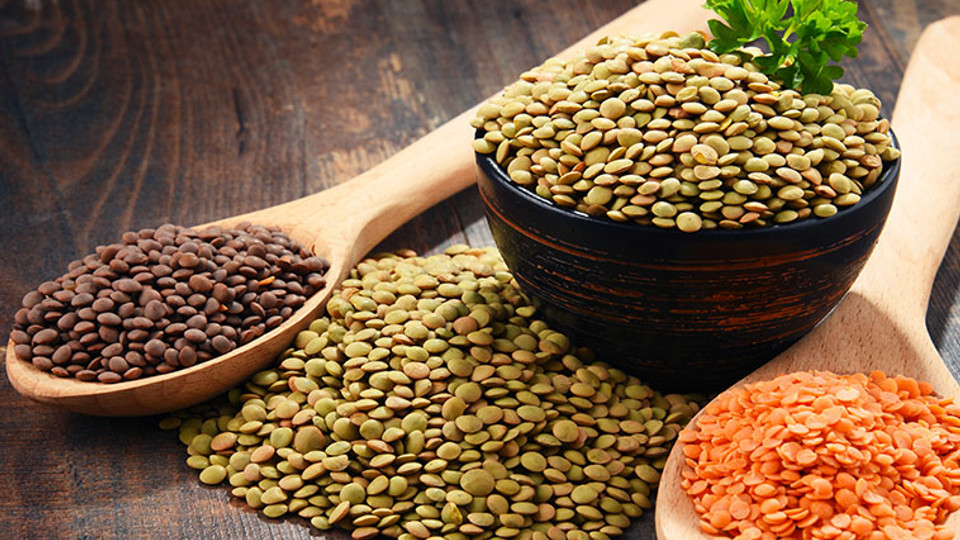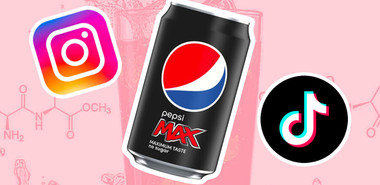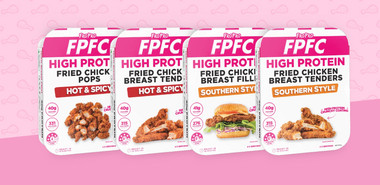
We often hear that plant-based proteins are not as good as animal-based proteins. Of course, there is a measure of truth to this: plant proteins are most often incomplete forms of protein, lacking the complete range of necessary amino acids that animal proteins give us.
However, there are four worthwhile rejoinders to this idea.
- First: by simply combining different plant proteins, and eating a diverse range of them, we can get all the amino acids we need.
- Second: we get a lot more than just amino acids with plant-based proteins. Micronutrients abound in plant sources. Fibre, often lacking in a meat-heavy diet, is plentiful.
- Third: the jury is out on the idea that quality beats quantity. Many experts believe that total grams of protein taken in a day has more of an impact than what those grams consist of.
- Fourth: though it isn’t always the case, plant-based sources like the ones listed below are often cheaper than animal products. Compare lentils and chicken, chickpeas and steak. Bulking out your expensive meat-based diet with these kinds of products can help you to meet your protein targets whilst being kinder on the wallet.
This being said, let’s look at some of the top plant-based protein sources you should be including in your meal prepping.
Top five plant-based proteins
1. Quinoa
Whilst it doesn’t contain as high a protein content as other sources- 4 grams per 100 grams cooked- quinoa is one of the few plant-based sources that can be considered a complete protein. It contains all of the amino acids your body needs to function and grow.
It is also a good source of fibre and a tasty way to fulfil your carbohydrate needs at dinner time.
You can use it where you would usually use something like rice or couscous. Alternatively, it makes a nice porridge when combined with other grains.
2. Hemp
Hemp seeds are also a complete protein, with all twenty amino acids your body needs. They are made from 36% protein and are very easily digestible.
They also contain all the healthy fats that your body needs for top health and mobility.
3. Lentils
Lentils are what I was talking about when I mentioned cheap food sources. They are very low cost and incredibly versatile (you can use them to make traditional Indian dal, put lentil burgers, soups, stews, or use them as filler in casseroles and shepherd’s pies.)
Lentils contain plenty of protein- around 9 grams per 100 grams- as well as fibre, iron and potassium.
4. Tempeh
Tofu works too, though I personally prefer tempeh. It is a denser, fermented version of tofu with a lovely, nutty taste. It has a texture that you can really sink into and is great for soaking up flavours.
It’s also a good protein source, with 19 grams per 100 grams cooked. You also get 9 grams of fibre with this.
5. Chickpeas
Chickpeas are high in protein, with about 11 grams per 100 grams cooked. You will also get a full 17 grams of fibre with this.
You can eat chickpeas hot, cold, pureed (humus is always a favourite), or baked as falafel. They make a great curry (chana dal) and are fantastic added to stews or casseroles.




